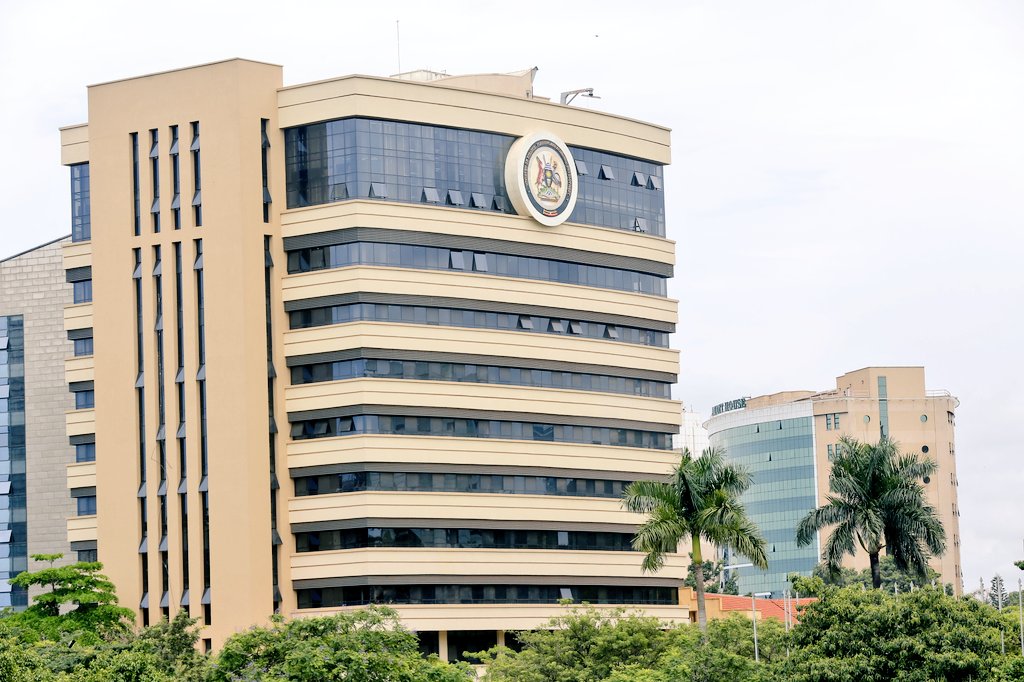By David Mwanje
The Ministry of Finance, Planning and Economic Development launched the revised Guidelines for Financial Clearance for July 2025, a transformative framework designed to streamline the evaluation and implementation of policy and legislative proposals in Uganda.
Released on through their official social media platform on X last Week the move is rooted in the Public Finance Management Act (PFMA) and aligned with the National Development Plan (NDP) and Vision 2040, these guidelines address critical gaps in the previous system, such as delays in issuing Certificates of Financial Implications and Letters of Financial Clearance, inadequate socio-economic assessments, and unclear stakeholder roles.
Therefore by introducing standardized methodologies and robust institutional structures, the guidelines aim to ensure fiscal discipline, transparency, and inclusivity, paving the way for sustainable economic growth and improved livelihoods across the nation.
The guidelines also mandate Ministries, Departments, and Agencies (MDAs) to submit detailed Statements of Financial Implications (SFIs), encompassing budget, socio-economic, distributional, and risk assessments. These requirements ensure that new policies and laws are affordable, equitable, and sustainable, preventing undue pressure on Uganda’s fiscal resources a critical consideration as the country manages a rising debt to GDP ratio.
For Uganda’s economy, the guidelines are a game-changer. By enforcing rigorous financial and socio-economic impact assessments, they ensure that policies fit within the Medium-Term Expenditure Framework (MTEF), promoting fiscal sustainability. This is vital for a nation balancing ambitious development goals with limited fiscal space. Micro, small, and medium enterprises (MSMEs), which constitute over 90% of Uganda’s private sector and employ millions, will benefit from distributional impact assessments that minimize regulatory burdens. This focus supports MSMEs’ growth, fostering job creation and economic resilience, key drivers of Uganda’s aspirations to become a middle-income economy by 2040.
For ordinary Ugandans, the guidelines promise tangible benefits by linking proposals to national objectives like universal education and improved healthcare. Socio-economic assessments will prioritize policies that enhance quality of life, such as reducing travel time, improving access to clean water, or lowering healthcare costs.
The emphasis on stakeholder consultation ensures that vulnerable groups women, youth, people with disabilities, and the elderly are considered, aligning with Uganda’s poverty reduction goals. The risk assessment framework further strengthens project delivery by identifying and mitigating challenges, ensuring initiatives like new schools or roads are completed on time and within budget, reducing wastage and boosting public trust.
Commenting on the guidelines, Ramathan Ggoobi, Permanent Secretary and Secretary to the Treasury, emphasized the guidelines’ transformative potential, stating, “They lay the foundation for a competitive and equitable economy.” As Economist Dr. Sarah Nsubuga echoed this sentiment, noting, “The automation and focus on socio-economic impacts will streamline processes and ensure policies are both financially viable and socially beneficial.”
As Uganda strides toward middle-income status, these guidelines balance ambition with fiscal prudence, empowering policymakers to deliver projects that uplift communities and drive sustainable growth.





















